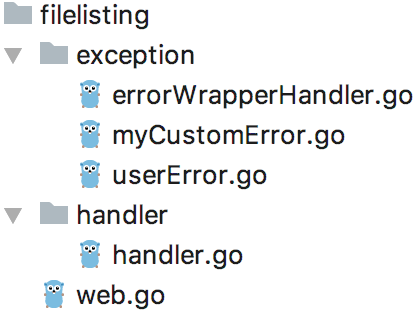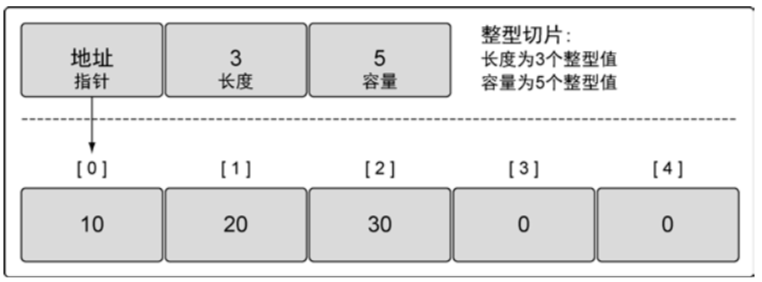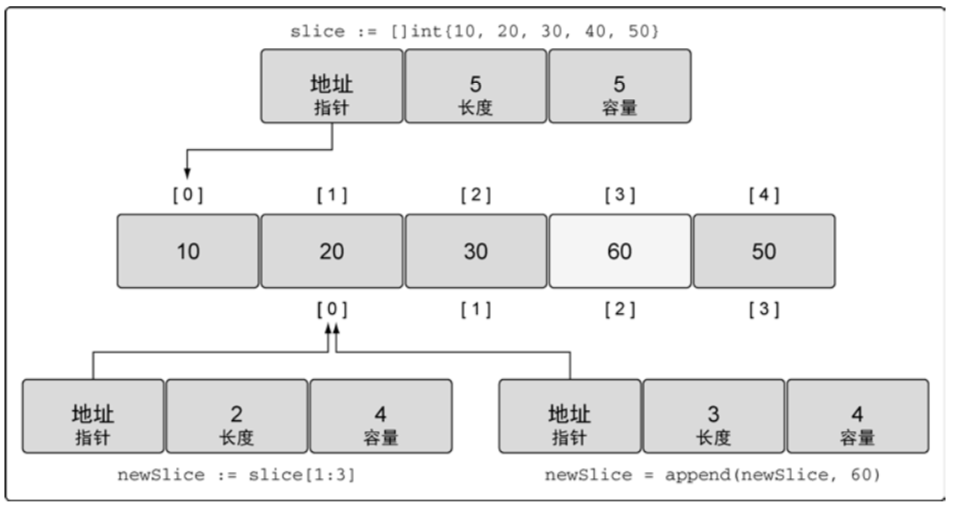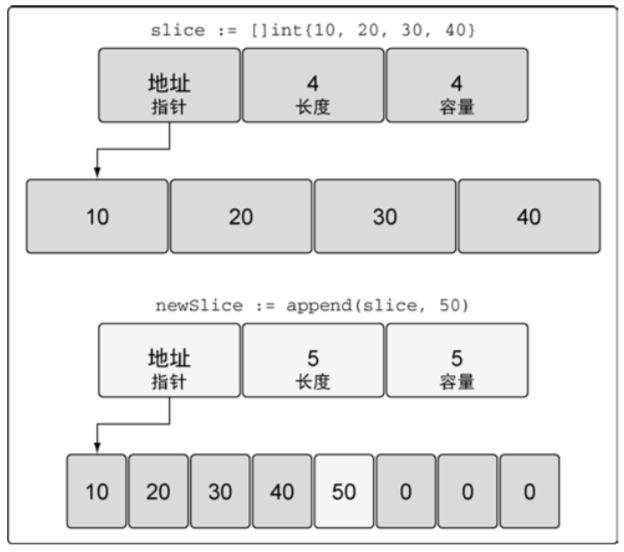一、资源管理
Java 有 try-finally,可以在 finally 中进行资源的关闭;Go 可以使用 defer
- defer 在函数结束时发生调用
- defer 的调用是栈类型 – 先进后出
- defer 通常用于资源关闭 Open/Close,Lock/UnLock 等
一句话总结:defer 的调用机制是 “将defer语句加入栈中,当函数结束时(包括正常执行结束 / return / panic 出错结束等),从栈中依次执行 defer”
func writeFile(filename string) {
file, err := os.Create(filename)
if err != nil {
panic(err)
}
defer file.Close() // 将 "file.Close()" 压入 defer 栈中
writer := bufio.NewWriter(file)
defer writer.Flush() // 将 "writer.Flush()" 压入 defer 栈中
fmt.Fprintln(writer, "123")
// 当函数执行结束时,从 defer 栈中执行语句 - 后进先出,先 "writer.Flush()",再 "file.Close()"
}
func main() {
writeFile("defer.txt")
}
二、错误简单处理
使用机制
通过被调用函数的注释查看其可能发生的错误,然后依据错误类型并进行处理;
错误处理结束后要 return
func main() {
file, err := os.Open(filename)
// 错误处理
if err != nil {
// 判断 err 是否是 *os.PathError,因为 os.Open(filename) 的注释:"If there is an error, it will be of type *PathError."
if pathError, ok := err.(*os.PathError); ok {
fmt.Printf("error: %s", pathError.Error())
} else {
fmt.Printf("notKnown error:%s", err.Error())
}
return // 返回
}
}
//error 是一个接口,定义如下:
// The error built-in interface type is the conventional interface for
// representing an error condition, with the nil value representing no error.
type error interface {
Error() string
}
基于该接口我们可以实现自定义的 error 实现。( errors 是 error 接口的一个实现,可以直接仿照,也可以直接使用,如 err := errors.New(“my custom error”))
三、panic & recover
- panic
- 停止当前程序运行
- 一直向上返回,执行每一层的 defer
- 如果没有遇见 recover,程序退出
- recover(相当于对 panic 的 catch 语句)
- 仅在 defer 调用中使用
- 获取 panic 的值
- 如果无法处理,可重新 panic
import (
"fmt"
"errors"
)
func recove() {
defer func() {
// func recover() interface{},表示 recover() 函数的返回类型可以是各种类型,所以要判断是否是 error
// 使用 recover() catch panic,防止程序直接退出
r := recover()
if err, ok := r.(error); ok {
fmt.Println(err) // runtime error: integer divide by zero
} else {
panic(errors.New("not known error"))
}
}()
b := 0
a := 5/b // panic: runtime error: integer divide by zero
fmt.Println(a)
//panic("123") // panic: not known error
}
func main() {
recove()
}
四、错误统一处理
一个生产系统通常包含两种异常
- 不可直接暴露给用户的异常:例如系统内部异常
- 需要暴露给用户的异常:例如部分自定义异常信息用于提示用户操作
本节写一个需求:实现一个读取文件的 httpServer 处理器。
代码结构如下:
4.1 userError 自定义用户异常接口
package exception
type UserError interface {
error // 内嵌类型
Message() string
}
4.2 myCustomError 自定义用户异常实现
package exception
// 基于基本类型创建自定义类型
type MyCustomError string
func (e MyCustomError) Error() string {
return e.Message()
}
func (e MyCustomError) Message() string {
return string(e)
}
4.3 handler 核心业务逻辑处理器
package handler
import (
"net/http"
"os"
"io/ioutil"
"strings"
"exception"
)
const PathPrefix = "/list/"
// 实现一个读取文件的 httpServer 处理器
// 假设访问 http://localhost:8888/list/abc.txt
func HandleFileListing(writer http.ResponseWriter, request *http.Request) error {
// 1. 如果 urlPath 不是以 /list/ 开头的,则自定义用户错误
if strings.Index(request.URL.Path, PathPrefix) != 0 {
return exception.MyCustomError("url path need startWith /list/")
}
//fmt.Println("path", request.URL.Path) // /list/abc.txt
path := request.URL.Path[len(PathPrefix):] // abc.txt 字符串切割,subString
// 2. 打开文件
file, err := os.Open(path)
if err != nil {
// 遇到错误直接返回,由错误统一处理器进行处理
return err
}
defer file.Close()
// 3. 读取文件到 byte[]
all, err := ioutil.ReadAll(file)
if err != nil {
return err
}
// 4. 将 byte[] all 写出到响应流
writer.Write(all)
return nil
}
4.4 errorWrapperHandler 统一错误处理器
package exception
import (
"net/http"
"log"
"os"
)
// 定义一个 function 类型的 type,返回值是 error
type appHandler func(writer http.ResponseWriter, request *http.Request) error
// 输入 appHandler 是一个函数,输出也是一个函数 - 函数式编程
func ErrWrapper(handler appHandler) func(http.ResponseWriter, *http.Request) {
return func(writer http.ResponseWriter, request *http.Request) {
// 1. 处理业务逻辑
err := handler(writer, request)
if err != nil {
log.Printf("error occured, %s", err) // 2018/11/04 10:10:12 error occured, open abc.txt1: no such file or directory
// 2. 处理可以抛给用户的错误
if err, ok := err.(UserError); ok {
// 将错误写回到 http.ResponseWriter
http.Error(writer, err.Message(), http.StatusBadRequest)
}
// 3. 处理不可以抛给用户的错误
code := http.StatusOK
switch {
case os.IsNotExist(err):
code = http.StatusNotFound
default:
code = http.StatusInternalServerError
}
http.Error(writer, http.StatusText(code), code) // 浏览器:Not Found
}
}
}
注意这样的姿势:定义一个 function 类型的 type,返回值是 error
type appHandler func(xx) error
4.5 web httpServer 服务器
package main
import (
"net/http"
"handler"
"exception"
)
func main() {
// 1. 注册处理 handler.PathPrefix 开头的业务逻辑处理器
http.HandleFunc(handler.PathPrefix, exception.ErrWrapper(handler.HandleFileListing))
// 2. 启动 httpServer,监听端口
err := http.ListenAndServe("127.0.0.1:8888", nil)
// 3. 如果启动失败,则直接抛出错误
if err != nil {
panic(err)
}
}






近期评论